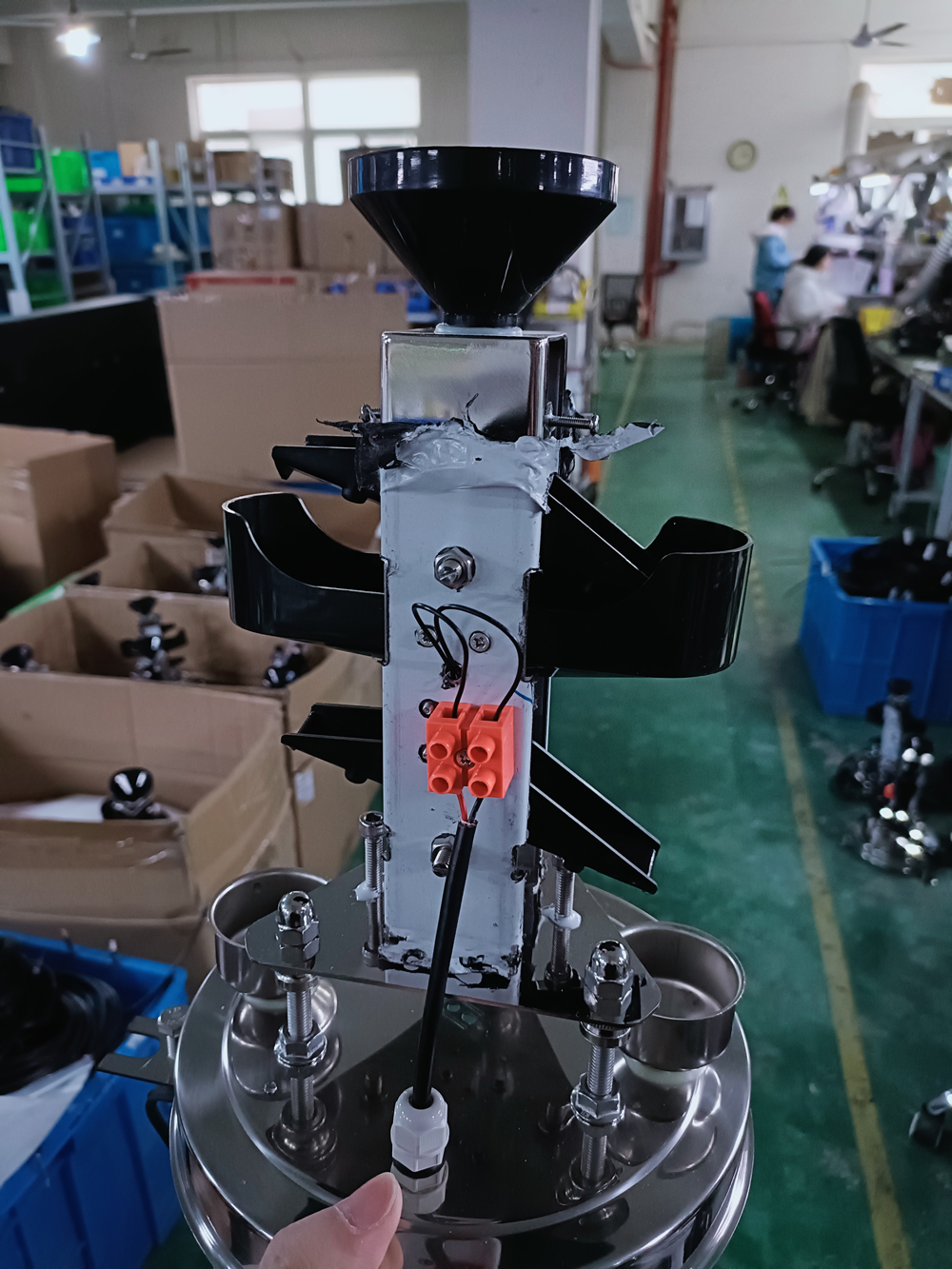

— Blogs —
—Products—
 Consumer hotline +8618073152920
Consumer hotline +8618073152920 WhatsApp:+8615367865107
Address:Room 102, District D, Houhu Industrial Park, Yuelu District, Changsha City, Hunan Province, China
Product knowledge
Time:2023-12-14 15:23:51 Popularity:5867
Automatic rain gauge, also known as an electronic rain gauge or digital rain gauge, is a device designed to measure and record rainfall in a convenient and automated manner. Here are some key features and characteristics of automatic rain gauges:
1. Sensor Technology: Automatic rain gauges use advanced sensor technology, such as tipping bucket or weighing mechanism, to detect and measure rainfall. The sensors are sensitive to the impact or weight of raindrops, converting this information into measurable data.
2. Data Collection: These gauges are equipped with built-in data loggers or data storage capabilities. They can collect rainfall data continuously over time, allowing for accurate tracking and analysis of precipitation patterns.
3. Wireless or Wired Connectivity: Some automatic rain gauges are equipped with wireless transmitters or connectivity options, enabling remote data transmission to a central monitoring station or weather network. Others may have wired connections for data retrieval.
4. Accuracy and Precision: Automatic rain gauges are designed to provide accurate and precise measurements of rainfall. They are calibrated and tested to ensure reliable and consistent results.

5. Self-Emptying Mechanism: Many automatic rain gauges have a self-emptying mechanism to clear the collected rainwater after measurement. This ensures that subsequent rainfall does not interfere with the accuracy of the readings.
6. Integration with Weather Stations: Automatic rain gauges can be integrated into weather stations or networks, where they work in conjunction with other meteorological instruments to provide comprehensive weather data.
7. Power Source: These gauges typically require a power source, which can be batteries or solar panels. The power source ensures continuous operation and data collection even in remote locations.
An automated rain gauge is used to measure the amount of precipitation, specifically rain, that falls at a particular location over a specific period of time. These devices are equipped with sensors that detect the presence and quantity of rainfall, and they are often integrated with data loggers or telemetry systems to record and transmit the collected data.

The function of an automated rain gauge includes:
1. Precipitation Measurement: It accurately measures the amount of rainfall, providing valuable data for various applications such as agriculture, hydrology, and weather forecasting.
2. Data Collection: Automated rain gauges collect rainfall data continuously, allowing for real-time monitoring and analysis of precipitation patterns.
3. Remote Monitoring: Some automated rain gauges can be installed in remote or unmanned locations, enabling the collection of rainfall data from areas that are otherwise difficult to access.
4. Integration with Weather Networks: The data collected by automated rain gauges can be integrated into weather networks and used to improve regional and national weather forecasts.

Automatic rain gauges have several practical uses. Here are some of the common applications:
1. Weather Monitoring: Automated rain gauges are extensively used in weather monitoring systems to provide real-time rainfall data. This information helps meteorologists track weather patterns, analyze precipitation trends, and make accurate weather predictions.
2. Agriculture: Rainfall is a critical factor in agriculture, as it determines irrigation needs, crop growth, and water management. Automatic rain gauges help farmers monitor rainfall levels and make informed decisions about watering their crops.
3. Hydrology and Water Resources Management: Precise measurement of rainfall is essential for hydrological studies and managing water resources effectively. Automated rain gauges provide data that helps hydrologists understand the water cycle, calculate runoff, estimate water availability, and plan reservoir operations.
4. Flood Forecasting and Early Warning Systems: Continuous rainfall monitoring using automatic rain gauges contributes to flood forecasting and early warning systems. By detecting heavy rainfall and its intensity, these gauges assist in predicting potential flood risks and issuing timely warnings to vulnerable areas.

5. Urban Planning and Infrastructure: Rainfall data collected from automatic rain gauges is crucial for urban planners and engineers when designing stormwater drainage systems, roads, and buildings. Accurate measurements help them assess the impact of rainfall on infrastructure and plan accordingly.
6. Environmental Studies: Automated rain gauges aid in environmental research by providing long-term rainfall records for ecological studies, watershed management, climate change assessments, and ecosystem modeling.
These are just a few examples of how automatic rain gauges are used across various sectors to gather precise rainfall data and support decision-making processes related to weather, agriculture, water resources, and infrastructure.
Overall, automatic rain gauges offer convenient and reliable solutions for measuring rainfall. Their automated functionality, accurate measurements, and data collection capabilities make them valuable tools for weather monitoring, hydrological studies, agriculture, and various other applications.
NBL-W-ARS-Tipping-bucket-rain-gauge-instruction-manual.pdf
Prev:Buy Weather Station
Next:Soil sensors
Related recommendations
Sensors & Weather Stations Catalog
Agriculture Sensors and Weather Stations Catalog-NiuBoL.pdf
Weather Stations Catalog-NiuBoL.pdf
Related products
 Combined air temperature and relative humidity sensor
Combined air temperature and relative humidity sensor Soil Moisture Temperature sensor for irrigation
Soil Moisture Temperature sensor for irrigation Soil pH sensor RS485 soil Testing instrument soil ph meter for agriculture
Soil pH sensor RS485 soil Testing instrument soil ph meter for agriculture Wind Speed sensor Output Modbus/RS485/Analog/0-5V/4-20mA
Wind Speed sensor Output Modbus/RS485/Analog/0-5V/4-20mA Tipping bucket rain gauge for weather monitoring auto rainfall sensor RS485/Outdoor/stainless steel
Tipping bucket rain gauge for weather monitoring auto rainfall sensor RS485/Outdoor/stainless steel Pyranometer Solar Radiation Sensor 4-20mA/RS485
Pyranometer Solar Radiation Sensor 4-20mA/RS485
Screenshot, WhatsApp to identify the QR code
WhatsApp number:+8615367865107
(Click on WhatsApp to copy and add friends)
